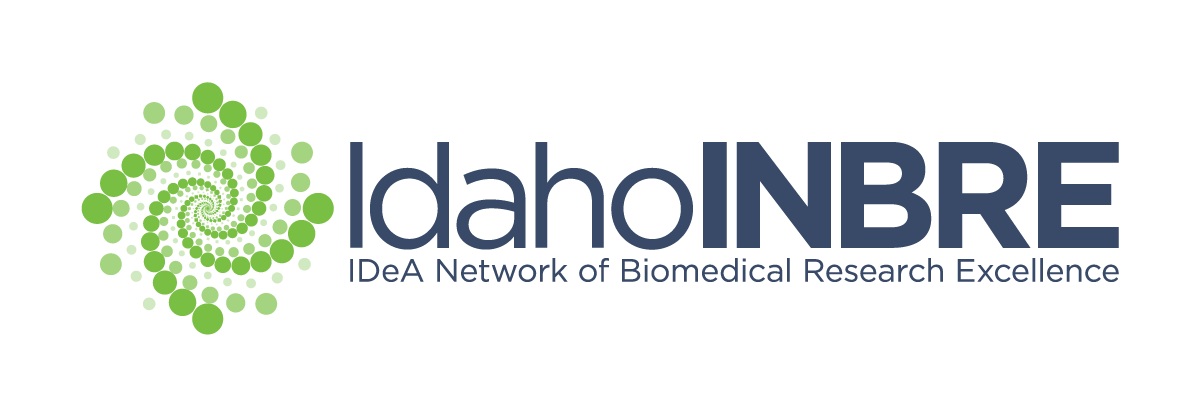
- Name: Michael J. Aldape, Ph.D.
- Institution: Idaho Veterans Research and Education Foundation
- Department: Research and Development
- Phone: (208) 422-1000 x7659
- Email: mike.aldape@va.gov
Summary: Our group is primarily interested in the effects of antibiotics on growth, sporulation, and virulence factor expression and production by Clostridium difficile, an anaerobic pathogen that causes life-threatening colitis in healthcare facilities worldwide. Recently, C. difficileinfections have become more frequent, serious and refractory to standard antimicrobial therapy. Recent work by our group suggests that the mechanisms controlling antibiotic resistance in C. difficile may also regulate increased toxin production following exposure to some antibiotics. Second, in collaboration with Dr. Amy Bryant (VA Medical Center, Boise, ID), we are determining effects of non-steroidal anti-inflammatory drugs (NSAID) on the expression and production of factors associated with muscle regeneration and inflammation following cryptic Group A streptococcus (GAS) infection. ~50% of all GAS infections have no known portal of entry (cryptic) and develop precisely at sites of minor injury (i.e., muscle strain). NSAIDs are thought to predispose individuals to these cryptic infections. Using a model of injury-associated cryptic GAS infection, we are investigating the effects of NSAIDs on the molecular interactions between injured muscle and immune cells during GAS infection. Lastly, Clostridium sordellii, an anaerobic pathogen, causes fatal necrotizing infections in approximately 70% of all cases. C. sordellii infections are distinguished by an extreme leukemoid reaction (LR), where circulating white blood cell (WBC) counts often exceed 100,000/?L of blood. Our laboratory continues to investigate the mechanisms driving the C. sordellii LR and the role of LR development and C. sordellii pathogenesis.
Minimum Classes: NA
Projects: Summer students will first become familiar with basic laboratory procedures such as preparing culture media, pouring agar plates, making buffers, utilizing pH meters, streaking for isolation, manipulating anaerobic species within an anaerobic chamber, etc. Once comfortable with these tasks, students will next be exposed to more advanced infectious disease techniques including isolating RNA (prokaryotic and eukaryotic), DNA and protein, and preparing and executing protein and nucleic acid resolving gels. Finally, students will apply these techniques to one of several potential projects. The first project investigates the effects of sub-inhibitory concentrations of antibiotics on exotoxin production by C. difficile. Here, students will perform enzyme-linked immunosorbent assays (ELISA) to quantify Toxin A and B concentrations found in C. difficile cultures and Real-Time PCR (RT-PCR) analysis to assess the expression profiles of these toxin genes. Second, students may also work on a project that determines the effects of NSAIDs on cryptic GAS infections. Here, students will purify message RNA from injured (and normal) muscle tissue from mice treated with or without NSAID. RT-PCR and immunohistochemistry will be utilized to determine the molecular factors expressed by regenerating muscle and immune cells during these infections. Finally, students will also improve their communication skills by presenting their data to members of our group on a weekly basis. At the end of the summer, students will be comfortable with several techniques (basic and advanced) utilized within an infectious disease research laboratory and feel comfortable presenting data to scientific audiences.


